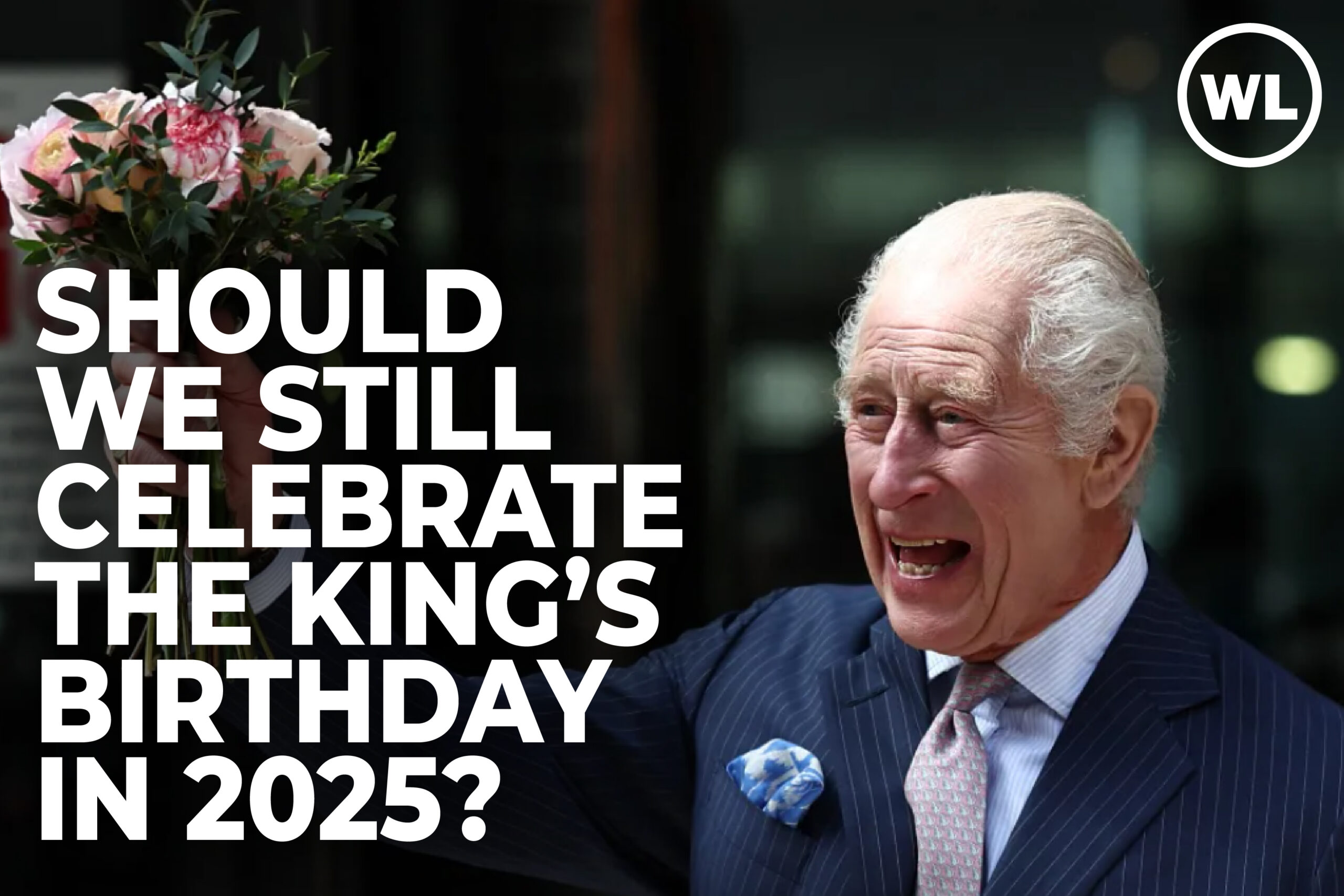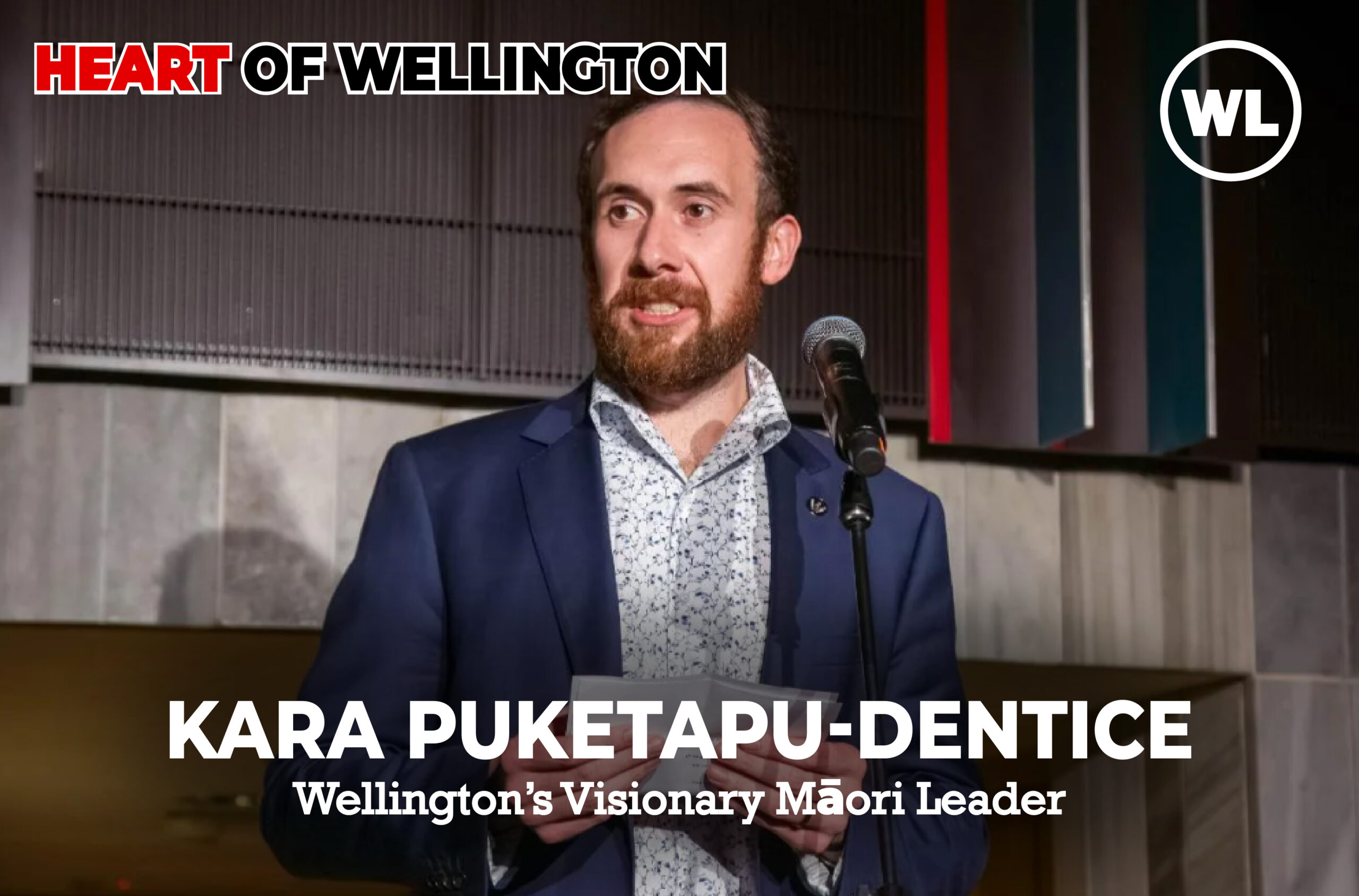Wellington is being asked to support a plan that does not make sense. The Golden Mile proposal has been promoted as a way to improve the city. But the numbers, claims, and promises behind it do not stand up to proper checking. Many people are now asking: is this really the best use of our money?
The truth is, the cost-benefit report used to support the Golden Mile project is full of problems. An independent review by economist Ian Harrison shows that the report is built on weak data, unrealistic assumptions, and misleading figures used to manipulate ratepayers. The original report says that the project will bring in over $300 million in benefits. But Harrison’s analysis shows that the real figure is closer to $75 million. When all the costs are added up, the city will actually lose money—about $121 million.
That is not a small mistake. It means that ratepayers will be paying more for something that brings back less. In fact, the real benefit-to-cost ratio is only 0.38. That means for every dollar spent, Wellington gets back only 38 cents.
One of the most absurd claims in the council’s report is that removing bus stops and making people walk further is a health benefit. Walking is good, yes. But removing stops does not help people who are elderly, disabled, or tired after a long day. It just makes life harder. This is not a benefit. It’s an inconvenience spun to look positive. Another manipulated figure to get the Golden Mile across the line in ratepayers minds.
The report also suggests that people would be happy to pay $10 more for a beer just to sit on a street without cars. This claim is not based on any local survey or proof. People in Wellington already deal with high living costs. The idea that they would pay more just because cars are gone is not true. More lies!
What’s worse is that the report completely ignores the real effect on traffic. It says that closing off main streets will only add three seconds to car trips. This is not realistic. The modelling behind that claim is unclear and not explained well. It seems likely that many drivers will face much longer delays, especially those travelling from Kelburn, Aro Valley, or Highbury. Some trips could take 50% longer. A gross manipulated fact.
If that is true, then the actual cost of lost time on the road could be hundreds of millions. But the council’s report hides this with vague figures. No proper testing was done to see how sensitive the results are to changes in travel times. In fact, many routes were simply left out of the model. There is no way to trust this kind of work and WCC councillors and officers must face the reality of these manipulated figures.
The report also talks about emission savings. But those figures rely on the idea that car trips will fall by 10%. That number seems far too high. Even if fewer cars are on the road, most vehicles will soon be electric anyway. So the real savings in emissions are small. Harrison’s review says the benefit from emissions is just $2.5 million—not $17 million, as claimed, more lies.
The health benefit from walking to public transport is another big part of the claimed value. But this also relies on flawed numbers. The government’s own advice says these health gains mostly apply to people over 65. Most bus users are under that age. So the council is counting benefits that don’t exist. When this is corrected, the health benefit drops to zero.
Some travel time savings for buses are real. But they are quite small—just $18 million. Most of the supposed benefit comes from better scheduling, not faster trips. These improvements could be made without banning cars or removing parking.
The pedestrian crash reduction benefit is also overstated. The council claims that removing cars will cut pedestrian crashes by 70%. But it ignores bus accidents. Buses are already the main cause of serious pedestrian injuries on these streets. If more buses are added and they run faster, the risk to walkers may go up, not down. When this is fixed, the real safety benefit falls from $37 million to just $8 million. Lies Lies Lies. When does it stop.
One of the biggest numbers in the council’s report is the ‘pedestrian realm’ benefit. They say people will enjoy walking on car-free streets so much that it is worth $247 million. But this is based on a weak formula. It says people walking down Courtney Place would be willing to pay $15 an hour for the absence of cars. That is simply not true.
There is no real evidence that people feel this way. Many already sit outside bars with cars nearby and do not mind. In fact, the biggest complaint is not about cars but about buses. These will not be removed under the plan. The method used to measure this benefit was copied from overseas studies with very different settings. Even the government’s own papers say the results vary too much to be trusted.
The council did not check if this number matches real life in Wellington. A simple survey of locals found that no one would pay anything extra for car-free streets. Yet the council still pushed ahead with this figure. When this benefit is removed, the project loses its main selling point.
Parking is also ignored. Around 150 car parks will be lost. That has a cost, both in lost revenue and lost convenience. Local shops and businesses rely on those spaces. The report did not include any value for this. But the true cost is at least $15 million.
Some parts of the plan could bring small improvements. A bit more space for outdoor seating. A nicer look to the streets. But these things can be done for far less than $86 million. The current proposal is far too expensive for what it offers.
The Golden Mile plan is being sold as a win for everyone. But the benefits are either inflated or imagined, which is absurdity from council, and a gross negligence from councillors like Ben McNulty, Ray CHUNG who are in the running for elected office this October. Meanwhile, the costs are hidden or ignored. Wellington cannot afford to keep wasting money like this. Rates have gone up almost 80% in five years. Many people are already struggling. They need relief, not more spending on plans that do not deliver.
Sadly, the project seems to be driven more by politics than need. Many councillors are voting along party lines, not in line with what is best for Wellington. This is not what voters want. Decisions should be based on facts and public interest, not party loyalty.
Good governance means listening to the public, checking the numbers, and admitting when mistakes are made. In this case, the numbers are wrong and the public is not being heard. If the council wants to rebuild trust, it must pause the Golden Mile plan and go back to the drawing board.
Wellington needs smart planning. That means projects that are honest, affordable, and useful. The Golden Mile, as it stands, is none of those things. It is based on weak data and false claims. If built, it will cost us more than it gives back.
It’s not too late to stop this. With better thinking, we can come up with a new plan—one that really helps the city. One that keeps the good ideas and leaves the bad ones behind. One that uses our money wisely. That is the kind of future Wellington deserves.
TRUTH SEEKER
Instantly run a Quiz with friends... about the article. Interact more & analise the story. Dig in, catch out biased opinions, and "fact check" with TRUTH SEEKER by ONENETWORK WELLINGTONLIVE 👋
Do you agree with the main argument of this article?
Total votes: 21
What is the real benefit-to-cost ratio of the Golden Mile project according to economist Ian Harrison's analysis?
Bias Analysis
Fact Check Summary
Ian Harrison's analysis shows the real figure is closer to $75 million and the city will actually lose money—about $121 million.
Source: Article
The real safety benefit falls from $37 million to just $8 million when considering bus accidents and the potential increase in risk to walkers.
Source: Article







